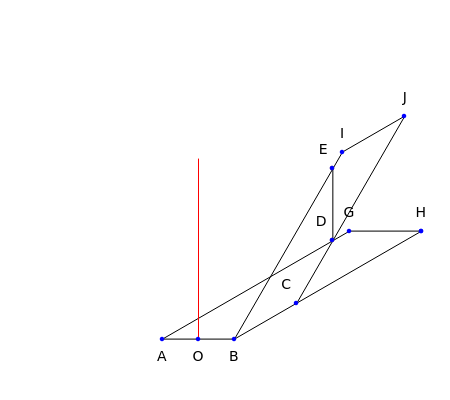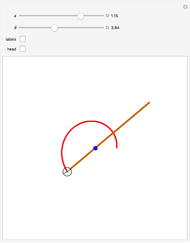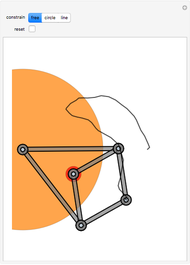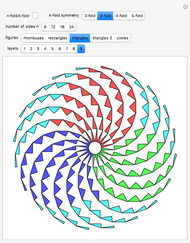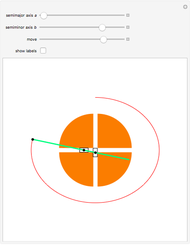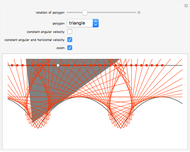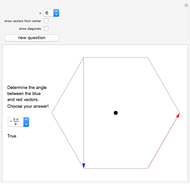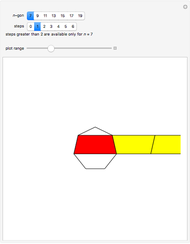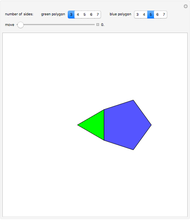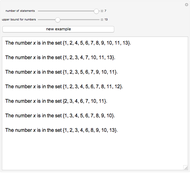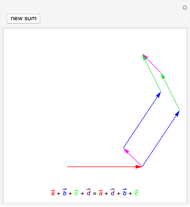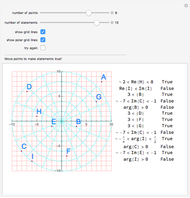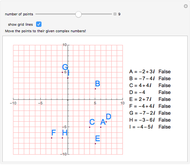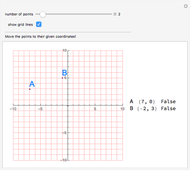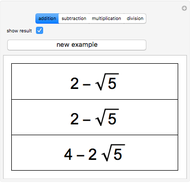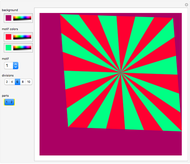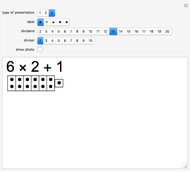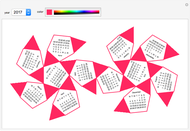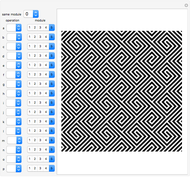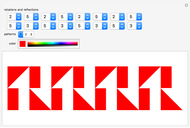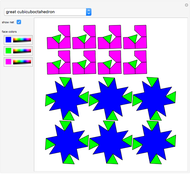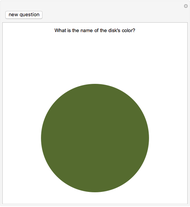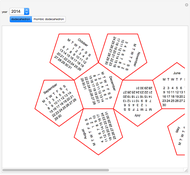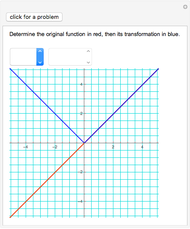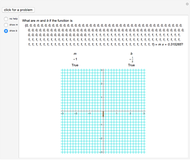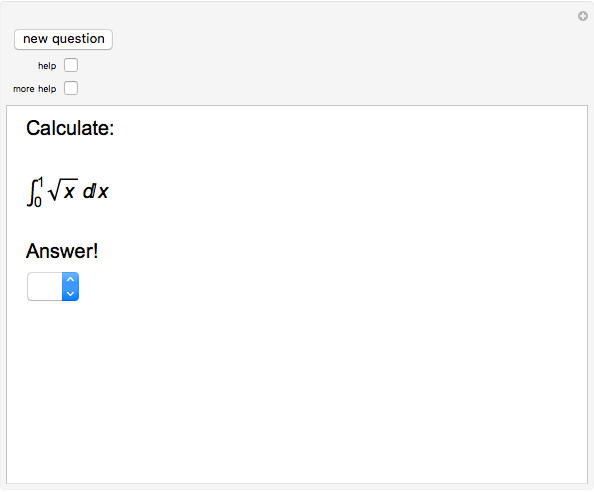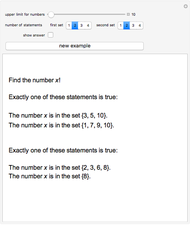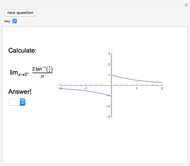Mechanism for Constructing Regular Polygons

Requires a Wolfram Notebook System
Interact on desktop, mobile and cloud with the free Wolfram Player or other Wolfram Language products.
This Demonstration shows a hinged mechanism for constructing regular  -gons,
-gons,  . The mechanism is constructed as follows. The fixed hinges are at
. The mechanism is constructed as follows. The fixed hinges are at  ,
,  ,
,  ,
,  ,
,  ,
,  , and
, and  , while the hinges at
, while the hinges at  and
and  slide along
slide along  and
and  respectively, and
respectively, and  is the midpoint of
is the midpoint of  . The mechanism contains congruent parallelograms
. The mechanism contains congruent parallelograms  and
and  and two isosceles trapezoids
and two isosceles trapezoids  and
and  . This ensures that the sides
. This ensures that the sides  ,
,  ,
,  , and
, and  have the same length and that angles
have the same length and that angles  ,
,  , and
, and  are equal.
are equal.
Contributed by: Izidor Hafner (November 2012)
Open content licensed under CC BY-NC-SA
Snapshots
Details
Reference
[1] B. A. Kordemsky, The Moscow Puzzles, London: Penguin Books, 1990, pp. 79–81.
Permanent Citation
